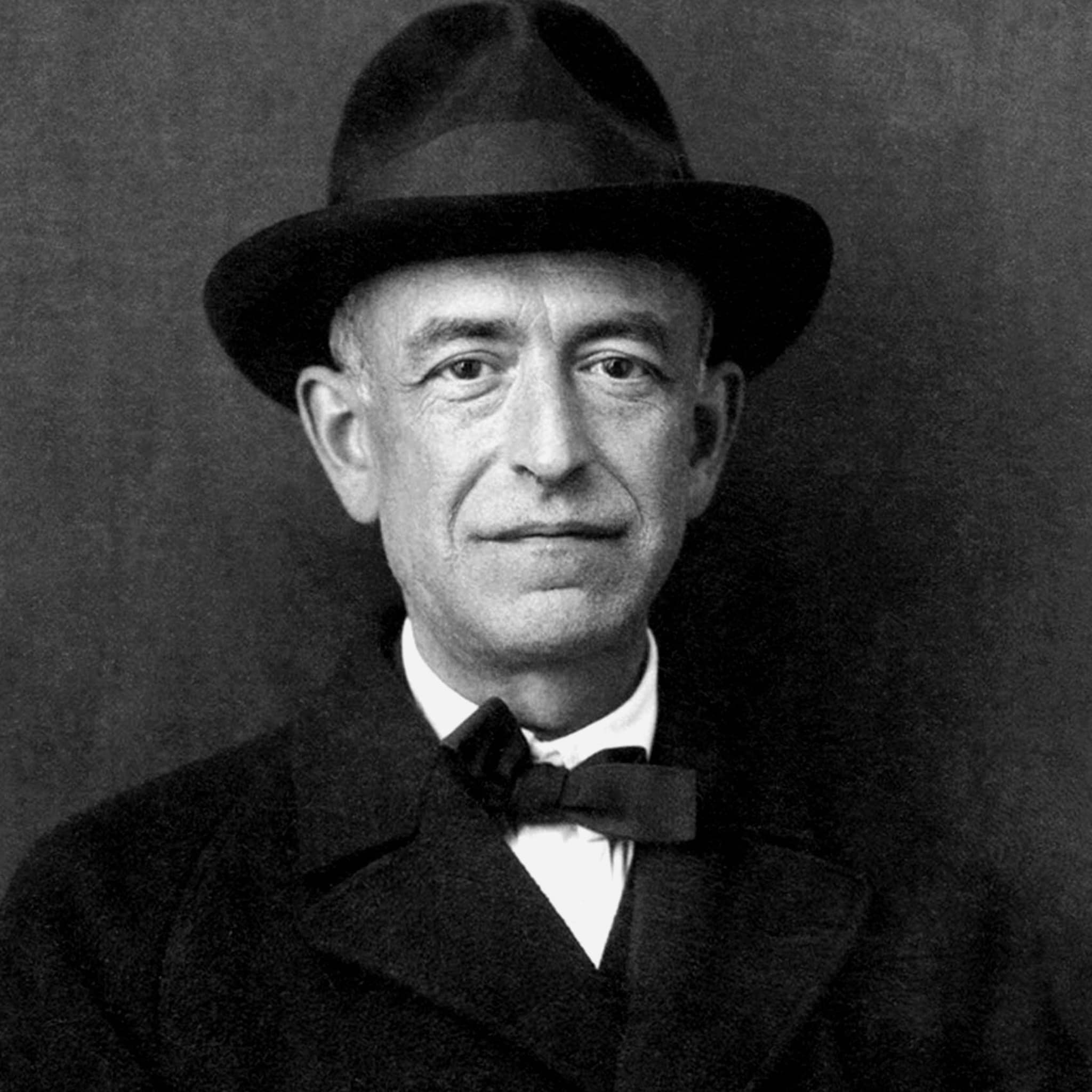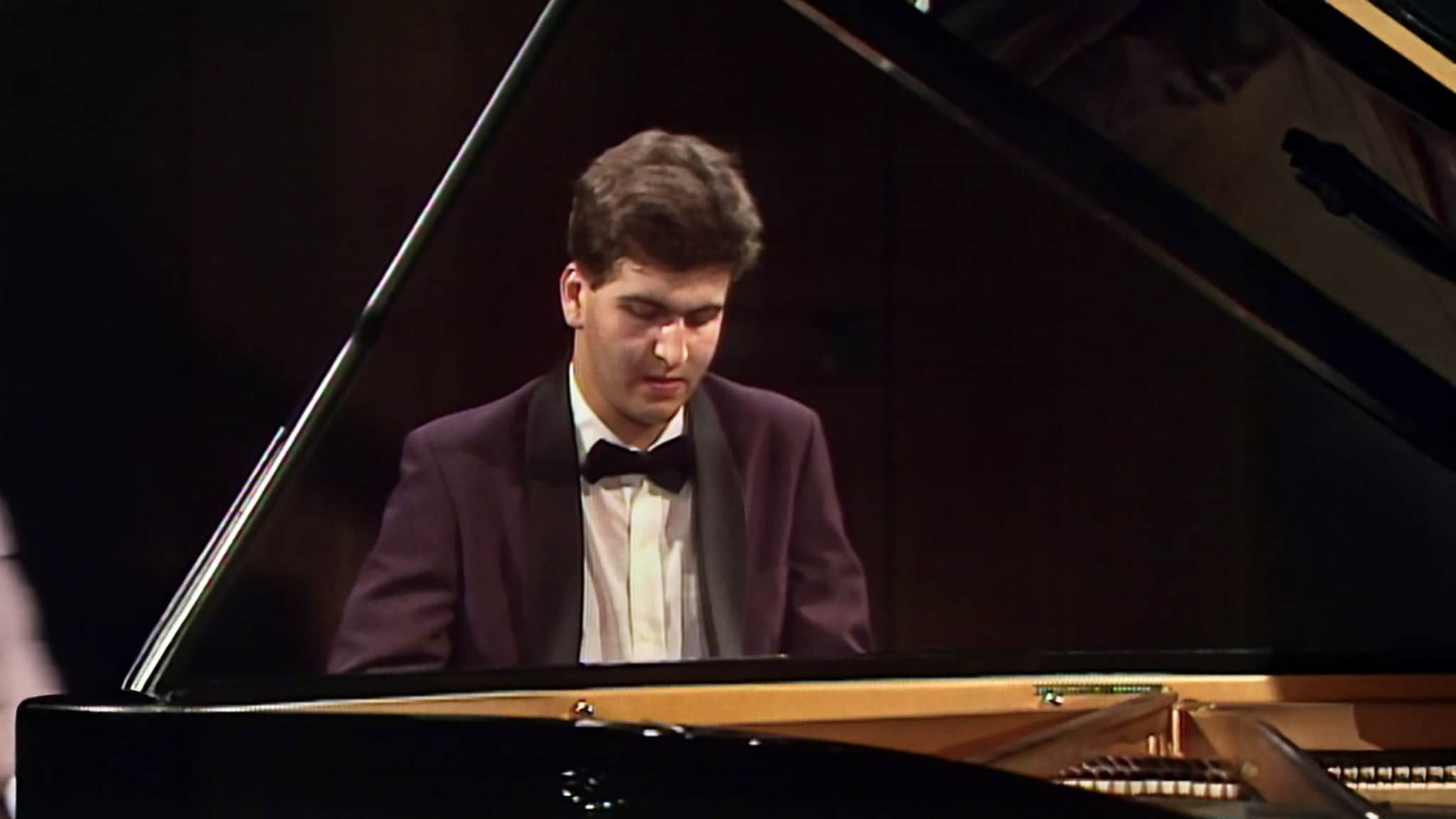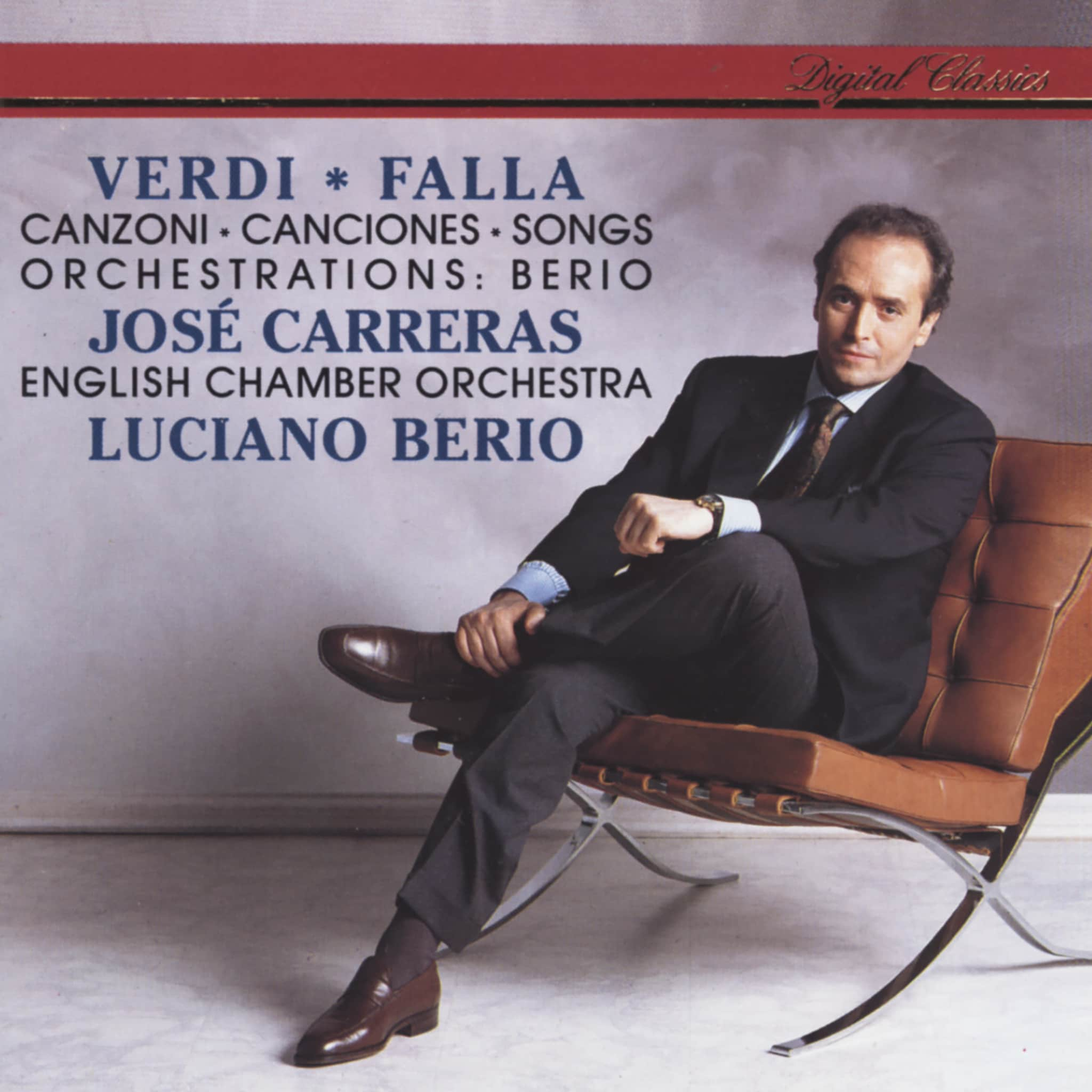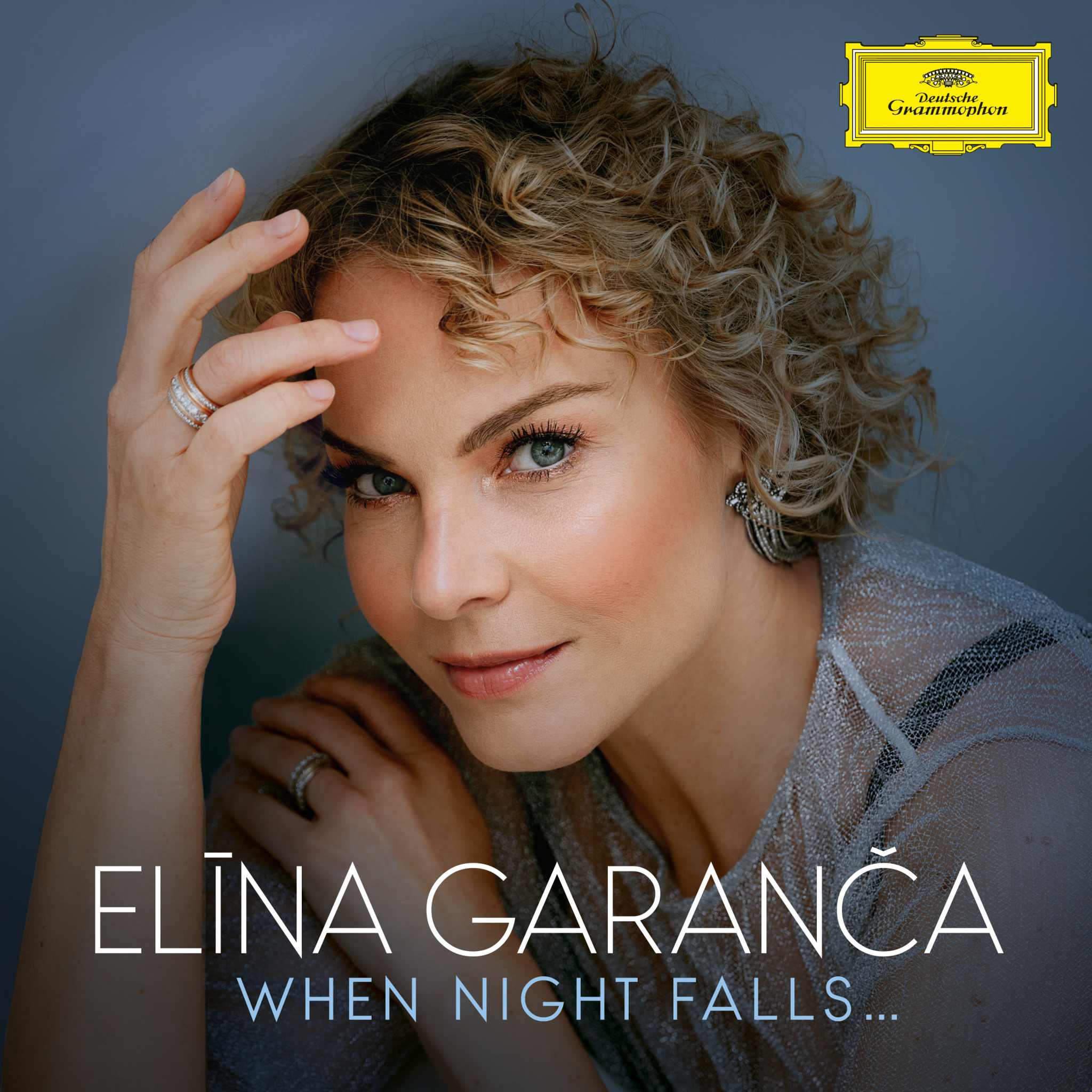InfosManuel de Falla
Manuel de Falla (* 23.11.1876, Cadiz; † 14.11.1946, Alta Gracia, Argentinien) gilt als Schöpfer einer neuen spanischen Nationalmusik. Der Sohn eines Kaufmanns und einer Pianistin bekam als Kind zunächst Unterricht von seiner Mutter, dann unter anderem von Enrique Broca, bevor er 1896 das Musikstudium am Konservatorium von Madrid bei José Trago aufnahm. Weiterer Unterricht bei Felipe Pedrell machte ihn mit den Grundlagen der altspanischen Musik vertraut. Damals entstanden bereits erste Liedkompositionen, Kammermusik und Stücke für Klavier. Umfassende Anerkennung aber erlebte er erst im Anschluss an seine Oper „La vida breve“ (1904/05).
Im Jahr 1907 zog Manuel de Falla nach Paris, arbeitete dort als Klavierlehrer und suchte den Kontakt mit der französischen Impressionisten. Er freundete sich mit Claude Debussy, Maurice Ravel und Isaac Albéniz an, kehrte aber nach dem Ausbruch des ersten Weltkriegs nach Madrid zurück und ließ sich dann in Granada nieder. Als der Spanische Bürgerkrieg ausbrach, beschloss Manuel de Falla 1939 während einer Konzertreise, in Argentinien zu bleiben. Zunächst geprägt von spätromantischen Klangvorstellungen und dem spanisch getönten Impressionismus eines Albéniz, entfernte sich der Komponist zunehmend von der Opulenz, fand zu einem reduzierten Altersstil und experimentierte beispielsweise mit dem Cembalo („Concerto per clavicembalo piano forte“, 1928).
Mit Manuel de Falla bekam die spanische Musik der Ära vor Joaquín Rodrigo eine markante Form. Er komponierte Zarzuelas, mehrere Schauspielmusiken und Bühnenwerke wie die Farsa Mimica „Der Dreispitz“ (1916/19) und die Puppenoper „Meister Pedros Puppenspiel“ (1923) nach Cervantes „Don Quixote“. Zu den wichtigsten orchestralen Werken gehören die „Nächte in spanischen Gärten“ (1911–15), außerdem entstanden zahlreiche Vokal-, Klavierwerke und Kammermusiken.






















